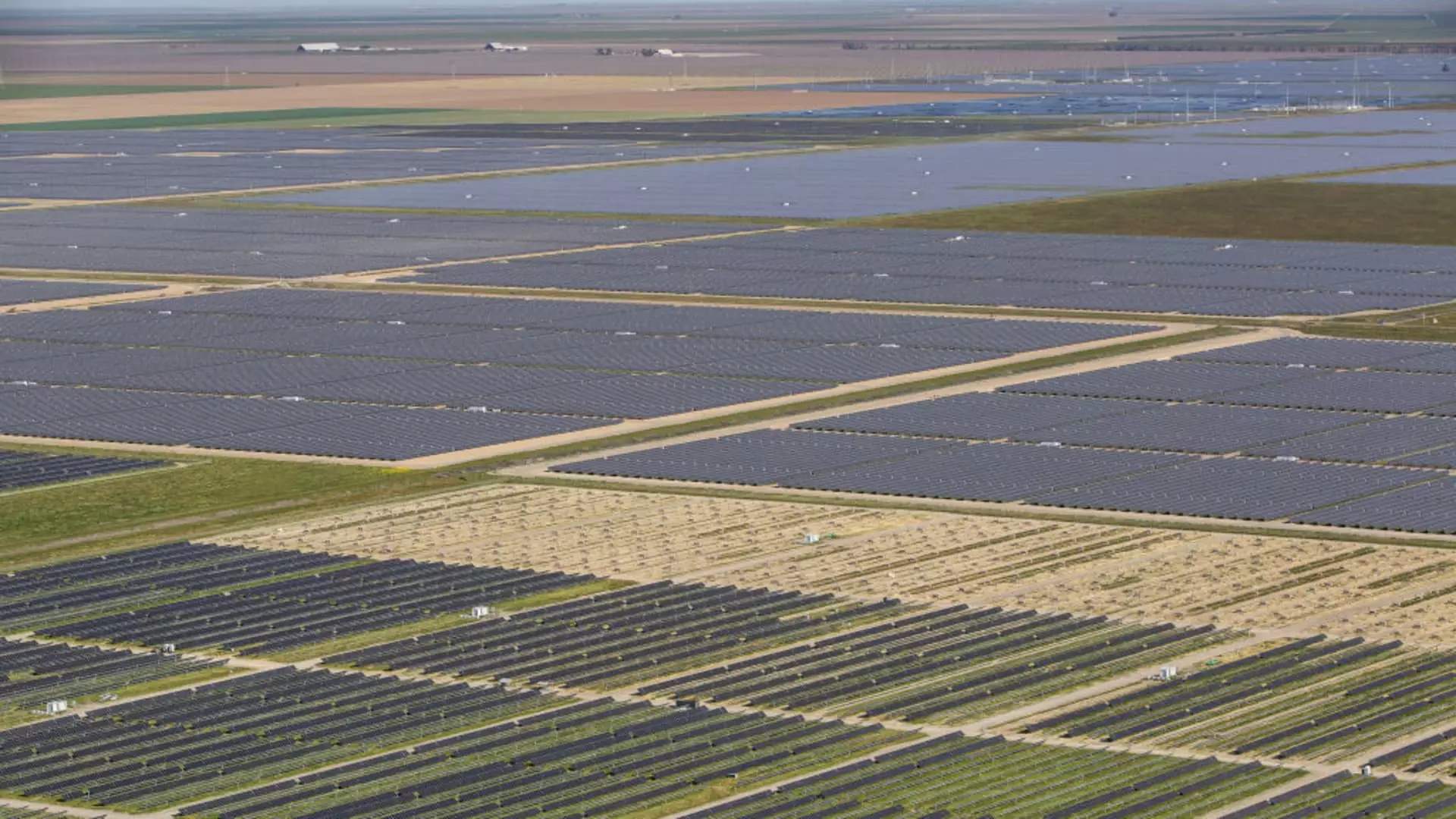The demand for power from data centers is projected to triple by the year 2030, largely due to the increasing use of artificial intelligence. This surge in demand is expected to lead to a significant increase in renewable energy and natural gas consumption. Mizuho Securities published a report stating that data centers will require 400 terawatt hours, or 50 gigawatts annually, which is estimated to account for about 9% of total electricity demand in the United States by the end of the decade.
One of the key highlights of the report is the significant growth expected in the renewable energy sector. The technology industry’s climate commitments are likely to drive this growth, with solar demand projected to increase by 7 gigawatts annually and wind by 5 gigawatts per year through 2030. This represents a 21% and 39% increase for solar and wind, respectively, over the current forecast by Mizuho. Companies like Nextracker and Array in the solar tracker industry are expected to benefit the most from this trend, given their ability to ramp up production capacity efficiently.
While solar tracker companies are expected to see a boost in their stock prices, the same cannot be said for solar module manufacturing companies like First Solar. The outcome of the November presidential election is likely to heavily influence the movement of solar stocks, particularly if policies like the Inflation Reduction Act are altered. First Solar could potentially see an increase in its stock price if certain political outcomes align with industry trends.
In addition to renewables, natural gas demand is also expected to increase significantly by 2030, with projections indicating a rise of up to 4 billion cubic feet per day, which accounts for 4% of current U.S. production. Natural gas is anticipated to play a crucial role as a backup energy source, especially during periods when solar and wind power are affected by weather conditions.
Gas producers like EQT Corp. are expected to benefit from the increase in demand, particularly in key data center markets in the Mid-Atlantic and Southeast regions. Pipeline operators such as Williams Companies and Kinder Morgan are also poised to gain due to their existing infrastructure advantage. The uncertainty surrounding the construction of new interstate pipelines in the U.S. further solidifies the position of these incumbents in the market.
Despite the optimistic outlook on power demand from data centers, the industry is not without its challenges. Mizuho analysts have highlighted several bottlenecks that could hinder the growth of renewable energy projects. Factors such as lengthy permitting processes and grid connections could delay investments in renewables. Additionally, the future of renewable investments could be impacted by changes in government policies, such as the potential cancellation of incentives under the Inflation Reduction Act or the imposition of higher import tariffs.
The future of power demand from data centers presents both opportunities and obstacles for the energy industry. While the growth in renewable energy and natural gas consumption offers potential for expansion and innovation, the sector must navigate challenges such as regulatory uncertainties and project delays. Adapting to these changing dynamics will be crucial for stakeholders in the energy market to capitalize on the evolving demand from data centers.

